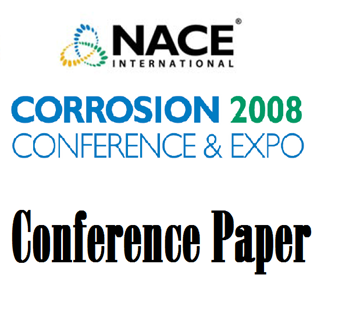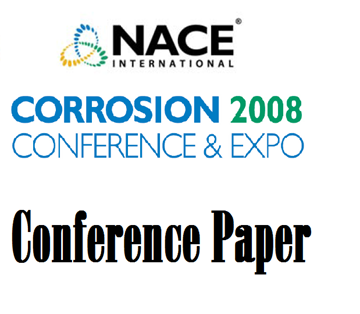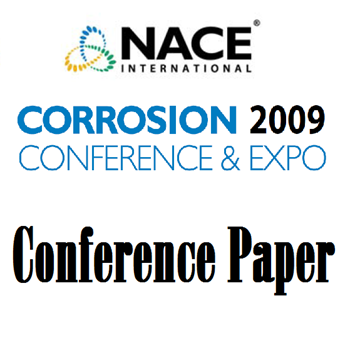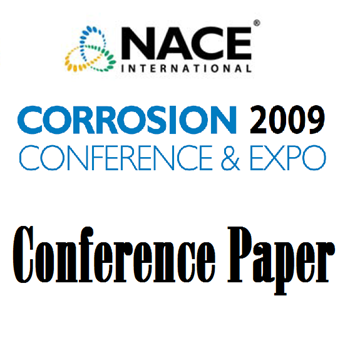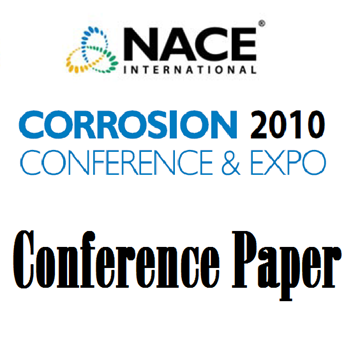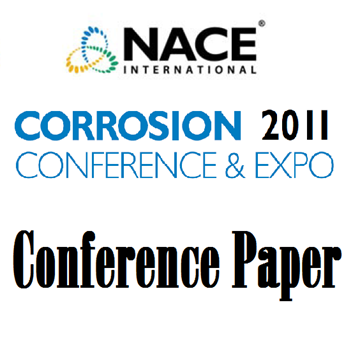Search
Coatings and Linings
View as
Sort by
Display
per page
07127 Investigating Ductile Iron Pipelines
Product Number:
51300-07127-SG
ISBN:
07127 2007 CP
Publication Date:
2007
$20.00
08003 A Correlation of Accelerated Corrosion Testing with Real Life Exposure After 6 Years in a Coastal/Offshore Environment
Product Number:
51300-08003-SG
ISBN:
08003 2008 CP
Publication Date:
2008
$20.00
08004 Non-Destructive Determination of Rust Creep
Product Number:
51300-08004-SG
ISBN:
08004 2008 CP
Publication Date:
2008
$20.00
08019 Measurement of Leachable Chloride Content from Coatings Applied to Stainless Steel
Product Number:
51300-08019-SG
ISBN:
08019 2008 CP
Publication Date:
2008
$20.00
09016 Protective Coatings Offshore: Introducing a Risk Based Maintenance Management System
Product Number:
51300-09016-SG
ISBN:
09016 2009 CP
Publication Date:
2009
$20.00
09018 Performance of Maintenance Coatings Applied on Rusty Steel Surfaces
Product Number:
51300-09018-SG
ISBN:
09018 2009 CP
Publication Date:
2009
$20.00
09022 How Not to Perform a Failure Analysis
Product Number:
51300-09022-SG
ISBN:
09022 2009 CP
Publication Date:
2009
$20.00
09348 Prevention of External Chloride Stress Corrosion Cracking of Austenitic Stainless Steel with a
Product Number:
51300-09348-SG
ISBN:
09348 2009 CP
Publication Date:
2009
$20.00
10002 Failure Analysis of Three Layer Polypropylene Pipeline Coatings
Product Number:
51300-10002-SG
ISBN:
10002 2010 CP
Publication Date:
2010
$20.00
10262 Corrosion Resistance of Nickel Alloys and Super Austenitic Stainless Steel Weld Claddings as a Function of Dilution
Product Number:
51300-10262-SG
ISBN:
10262 2010 CP
Publication Date:
2010
$20.00
11031 Advances in Damage Resistant Coating Technology
Product Number:
51300-11031-SG
ISBN:
2011 11031 CP
Publication Date:
2011
$20.00
11032 New Development of a High Tg FBE Coating
Product Number:
51300-11032-SG
ISBN:
2011 11032 CP
Publication Date:
2011
$20.00

